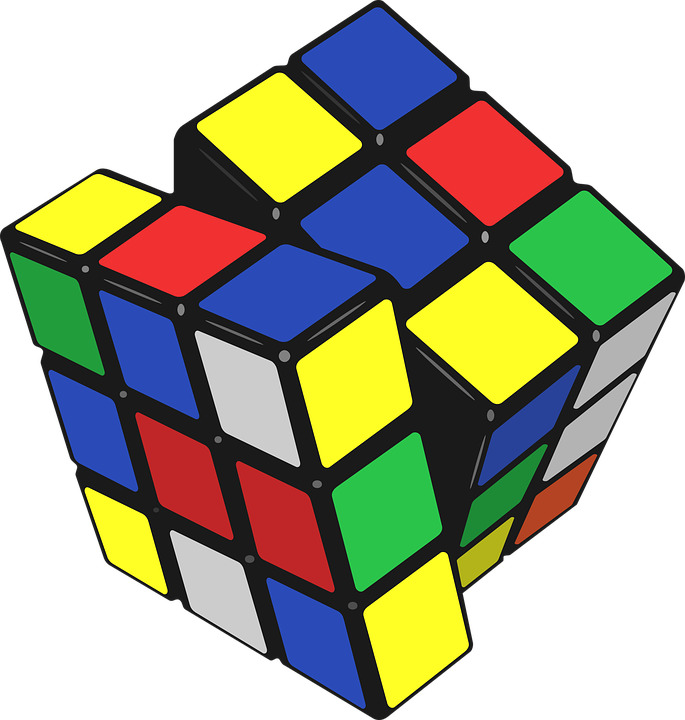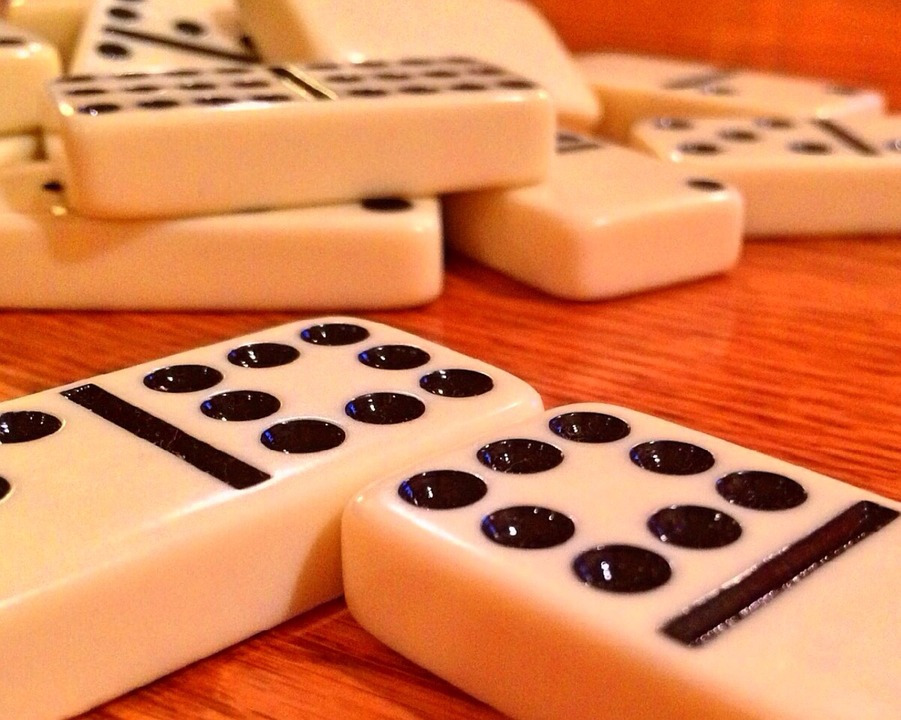
Бесплатный фрагмент - Thinker
Logical gaming device, which combines the elements of Rubik’s Cube, the 15 puzzle, Dominoes and playing cards
In memory of my friend
and spiritual advisor
Fathelbary Makhmutovich
Nagumanov, who inspired
me for this invention
Logical gaming device Thinker
“What I give to others,
Is my gift to the Universe,
For I am a part of the society
Talking to God”
From Spiritual Wisdom
It is well-known that gaming industry has much potential Worldwide. Logical gaming devices represent one segment of the gaming industry.
Unlike gambling machines in a casino, which are now subject for restriction measures in this country, logical gaming devices improve abstract thinking abilities and imagination, what is essential, in children and teenagers, and the usage of logical gaming devices is not restricted.
Production without serious initial investments and paying back fast enough is a significant advantage of this type of products. Here is what financial analysts say in connection with the subject matter:
“It is going on for quite a while, that games are the entertainment, which is the most demanded for. Both in USA, and in a number of European countries, gaming industry overcame cinema in annual income already several years ago. Games become more popular than cinema, it is a trend Worldwide. The annual turnover in gaming industry already exceeded 15 billion dollars, and it still grows every year”.
I remember 1950s, when many people enjoyed playing a logical game, which is called the 15 puzzle. People in public transport, people walking on streets were all the time moving small squares with numbers across the playing area with borders — so strong was the dedication. The aim of the game was to rearrange the numbered squares, premixed, into a specific sequence, by moving them one after another via the free space of the missing sixteenth square. The final pattern might be anything from the ascending sequence to the descending sequence, or anything else, 15 pieces may be beautifully arranged in many ways. The game was very popular for several decades, maybe until 1970s, when Rubik invented his Cube.

Many readers may remember the time, when playing the Cube was everyone’s obsession. Rubik’s Cubes were costly those days, still some people purchased several different Rubik’s Cubes to have a home collection of the cubes. Mass media reported Rubik’s Cube sales volumes “high above the sky”, dozens of millions every year, those who participated in the industry lived like in paradise.
And then all is gone in just a few years. How can it be explained, that it took only a few years for the demand for Rubik’s Cubes to fall down from the sky to something near the ground? What kept the previous puzzle on top for decades?

The answer was simple. Learning to solve Rubik’s Cube needed memorizing just one specific sequence of actions, and after several successful completions of the puzzle, the interest to it disappears almost instantly. In contrast, the 15 puzzle required finding solutions, which are not too sophisticated, but every time new, to have it solved.
Бесплатный фрагмент закончился.
Купите книгу, чтобы продолжить чтение.